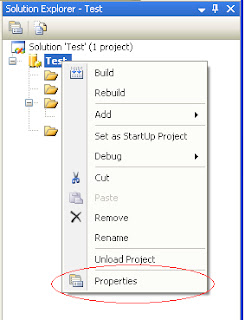ROW_NUMBER () OVER ([<partition_by_clause>] <order_by_clause>)
Returns the sequential number of a row within a partition of a result set, starting at 1 for the first row in each partition.
Returns the sequential number of a row within a partition of a result set, starting at 1 for the first row in each partition.
RANK () OVER ([<partition_by_clause>] <order_by_clause>)
Returns the rank of each row within the partition of a result set.
Returns the rank of each row within the partition of a result set.
DENSE_RANK () OVER ([<partition_by_clause>] <order_by_clause>)
Returns the rank of rows within the partition of a result set, without any gaps in the ranking.
Returns the rank of rows within the partition of a result set, without any gaps in the ranking.
NTILE (integer_expression) OVER ([<partition_by_clause>] <order_by_clause>)
Distributes the rows in an ordered partition into a specified number of groups.
Distributes the rows in an ordered partition into a specified number of groups.
EXAMPLES:
---------------
Suppose you are having table like below
Example :1
select ROW_NUMBER() over(order by salary)ROW_NUMBER,RANK()over(order by salary)
RANK,DENSE_RANK() over(order bysalary)DENSE_RANK,* from emp
Example :2
select ROW_NUMBER()over (order by empname)ROW_NUMBER,RANK()over (order byempname)RANK,DENSE_RANK()over (order by empname)DENSE_RANK,* from emp
Example :3
select ROW_NUMBER()over(partition by empname order by salary)ROW_NUMBER,RANK()
over(partitionby empname order by salary)RANK,DENSE_RANK()over(partition by
empname order bysalary)DENSE_RANK,* from emp
Example :4
select ROW_NUMBER()over(partition by salary order by empname)ROW_NUMBER,RANK()
over(partitionby salary order by empname)RANK,DENSE_RANK()over(partition by
salary order byempname)DENSE_RANK,* from emp
Example :5
select ROW_NUMBER()over(partition by empname order by empname)ROW_NUMBER,RANK()
over(partitionby empname order by empname)RANK,DENSE_RANK()
over(partition by empname order byempname)DENSE_RANK,* from emp
Example :6
select ROW_NUMBER()over(partition by salary order by salary)
ROW_NUMBER,RANK()over(partitionby salary order by salary)
RANK,DENSE_RANK()over(partition by salary order bysalary)
DENSE_RANK,* from emp


















